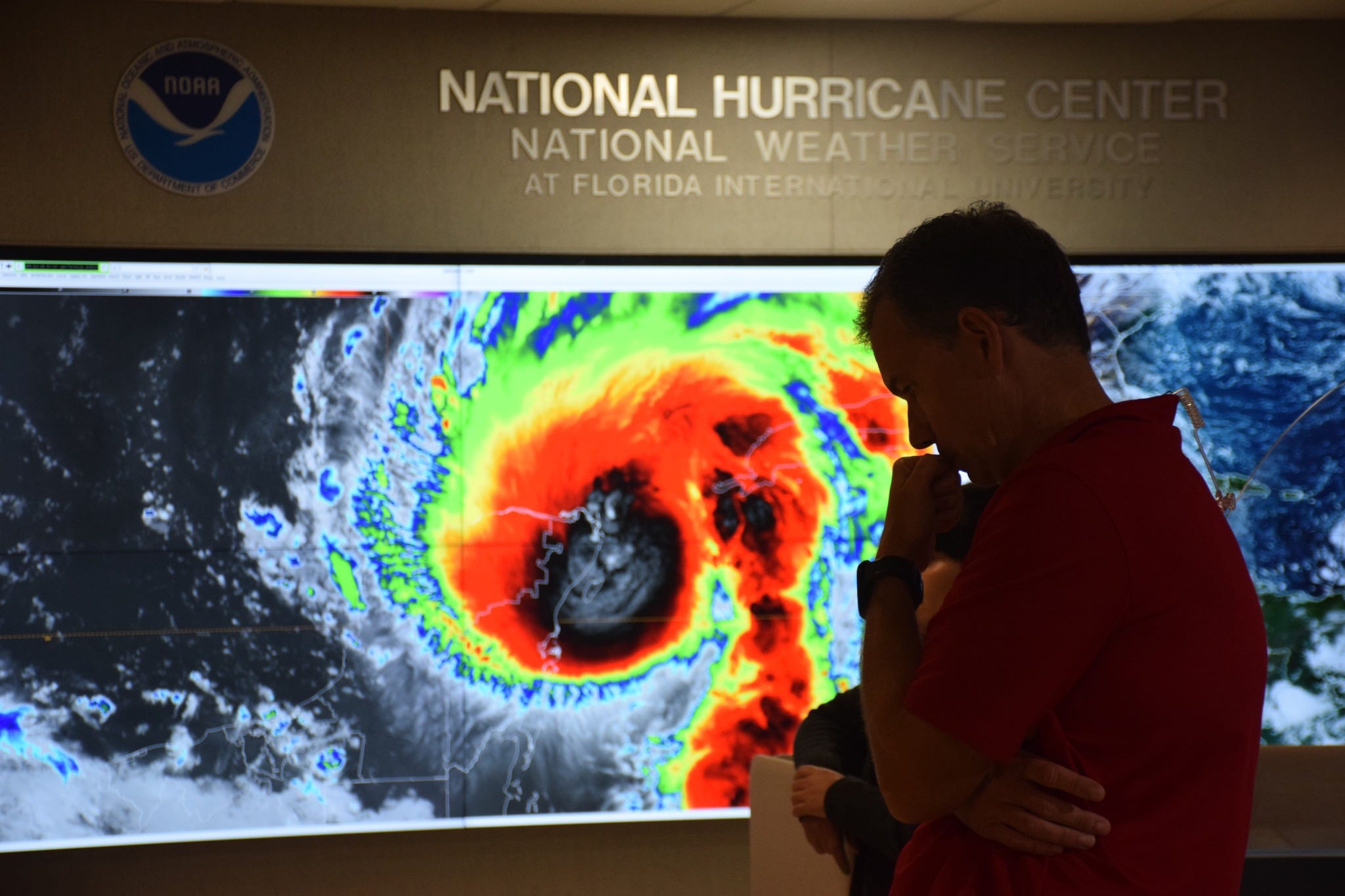
Deep Cuts at NOAA: Workforce Reduction Sparks Concern Over Weather Forecasting and Climate Research
The National Oceanic and Atmospheric Administration (NOAA), the federal agency responsible for forecasting weather, tracking hurricanes, safeguarding ocean species, and conducting crucial climate research, is facing significant workforce reductions that have ignited widespread alarm. More than 880 probationary employees were terminated, marking the beginning of a potential dismantling of the agency’s capabilities.
Craig McLean, a former chief scientist and assistant administrator for research at NOAA, expressed dismay at the firings, describing them as a hammer blow to the agency. Senator Maria Cantwell of Washington confirmed the terminations, noting that the 880 positions eliminated represent roughly 7% of NOAA’s 12,000-member staff.
The employees affected by these cuts have been waiting anxiously for weeks, as similar terminations have been carried out across other federal agencies. NOAA officials were instructed to terminate all employees on probationary status, according to Andrew Rosenberg, a marine scientist and former deputy director of NOAA’s Fisheries Service. Early estimates suggested that as many as 1,300 employees could be affected by the reductions, as probationary status was determined by hire dates and promotion dates.
These workforce reductions are a direct consequence of the Trump administration’s ongoing efforts to downsize the federal bureaucracy and cut federal spending. NOAA has remained tight-lipped about the planned changes, with spokesman Scott Smullen stating that the agency does not discuss internal personnel and management matters. He did affirm NOAA’s commitment to its mission of providing timely information, research, and resources that serve the American public and ensure the nation’s environmental and economic resilience.
NOAA has far-reaching responsibilities, including monitoring and forecasting violent storms, tracking hurricanes, and providing long-term climate assessments. The agency collects, stores, and shares vital data, maintains a fleet of research satellites, ships, and aircraft, and manages the nation’s ocean and marine species. Within NOAA, the National Weather Service, Storm Prediction Center, and National Marine Fisheries Service employ over 6,700 engineers and scientists.
Further workforce reductions are anticipated, with NOAA executives told to expect more than 1,000 additional employees to be let go. This has prompted an outcry from former NOAA officials, nonprofits, and businesses across the nation, urging Congress to protect the agency and its vital services from widespread job cuts. A group of former officials gathered outside NOAA offices, holding signs in support of the employees.
Senator Cantwell, a leading member of the Senate Committee on Commerce, Science, and Transportation, sent a letter warning that without NOAA’s workforce, communities will be ill-prepared for future storms, hurricanes, wildfires, and droughts. She also highlighted the impact on maritime navigation and agricultural planning.
A coalition of nonprofits expressed grave concern about continued threats to NOAA, including staff layoffs, intimidation, budget cuts, research censorship, and other actions that jeopardize the agency’s mission and services. The letter emphasized the crucial role NOAA plays in protecting the economy, health, public safety, and national security, especially as extreme weather events become more frequent and severe.
Outside meteorologists and weather researchers have also voiced their opposition to the workforce reductions. They pointed to a recent report from the National Hurricane Center, which found that its forecasts for storm tracks were the best and most consistent in its history.
NOAA’s data on climate change has made the agency a target of conservative voices seeking to reduce the size of the federal bureaucracy. Recommendations to dismantle NOAA, eliminate its functions, privatize its operations, or place it under state and territorial control were included in the Heritage Foundation’s "Mandate for Leadership." The document accused NOAA of becoming a "colossal operation" that drives the climate change alarm industry.
Both McLean and Rosenberg stressed the scientific consensus on climate change. Rosenberg stated that everyone working with natural systems must consider how the environment is changing. The data collected by NOAA over more than a century is the foundation for documented evidence of climate change, including extended droughts, extreme rainfall events, and warming nighttime temperatures.
McLean emphasized the legal mandate for NOAA to make precise scientific measurements, analyze them, and draw scientifically sound conclusions, then report those findings to the public. He noted that these findings are important to a variety of industries, coastal communities, agriculture, reinsurers, and banks, and that the futures market is heavily based on NOAA’s climate and seasonal forecasts.
Representatives from the Department of Government Efficiency (DOGE) visited NOAA offices in February, gaining access to email systems, cloud storage, and websites. NOAA was also directed to eliminate all references to diversity, equity, and inclusion initiatives. DOGE demanded a list of grants, searching them for keywords that might be contrary to the president’s executive orders.
Rick Spinrad, the former NOAA administrator, defended the agency, writing that reducing the federal budget by $7 billion by defunding NOAA or incapacitating it would result in thousands of preventable deaths, put the economy further into debt, and guarantee the loss of real property.
The deep cuts at NOAA and the potential consequences are sparking fears among scientists, policymakers, and communities. The scale of the layoffs and the looming threat of further workforce reductions could have profound and lasting impacts on the accuracy of weather forecasts, the effectiveness of climate research, and the ability of the nation to respond to increasingly frequent and severe weather events.
